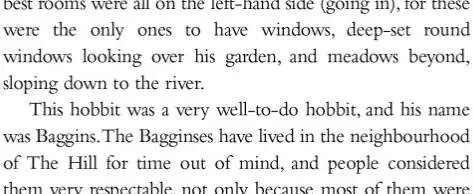The convention
In print
In print, paragraphs that are part of the same scene are set off of each other by paragraphs breaks alone. There is no extra white space between paragraphs:

In print, if there is additional white space between paragraphs, that white space means that the next paragraph belongs to another scene:

Online
Online, all paragraphs are (or should be) separated by additional white space, as they are on this site, because that increases readability on computer monitors.
The following image shows that paragraphs on this site are not separated by multiple line breaks and an empty line, but only by a large margin:

Deviation from convention
Of course you can deviate from convention in your writing. But it is good to understand what the convention is and to deviate from it consciously.
If you know what white space between pagagraphs means conventionally, you can use this effect. For example, if you offset a single sentence from a preceding paragraph with additional whitespace in print, the reader will expect a change in time, place, or protagonist. If none of these happen, that is, if the offset paragraph clearly continues the situation from the preceding paragraph, the offset will cause the reader to search for an explanation for its unconventional placement.
What explanation the reader finds, lies outside of your influence. That is the allure of creative writing: that everyone can read into it what they want.
But be careful! If you deviate from convention once in one novel, the reader will likely find this intriguing. But if you disregard convention completely, the effect may be confusing and unattractive.


